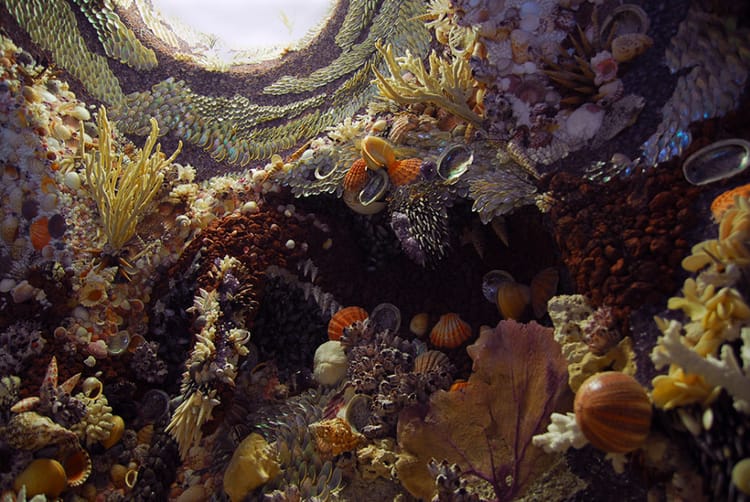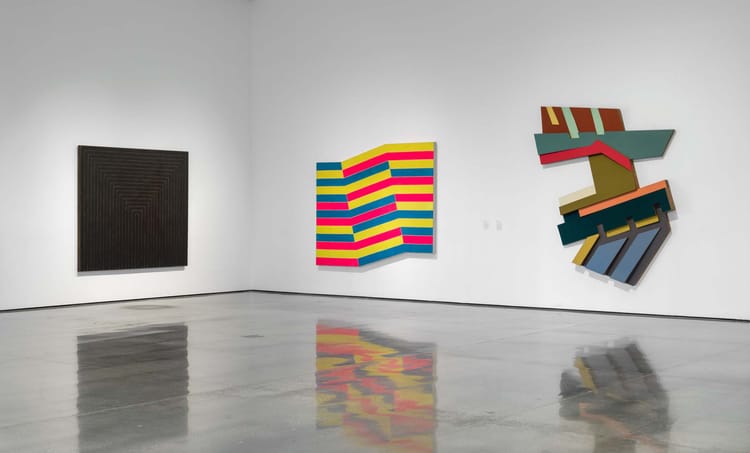sing to me, o muse, of the history of muses

I idly clicked on a link to this WIRED piece about Lena, the woman behind the first JPEG image, and got completely sucked in. I had no idea that the original image used to create the JPEG compression was a Playboy centerfold (!) and the article not only goes and finds the original Lena but dives into the history of women and muses in art, which is extremely my jam.
It draws a through line from L’inconnu de la Seine (whose face would be later used on CPR dummies) to Audrey Munson (muse of early 20th century urban sculpture), to Kodak’s Shirleys (women photographed to calibrate film), to Lena herself. A fascinating read.
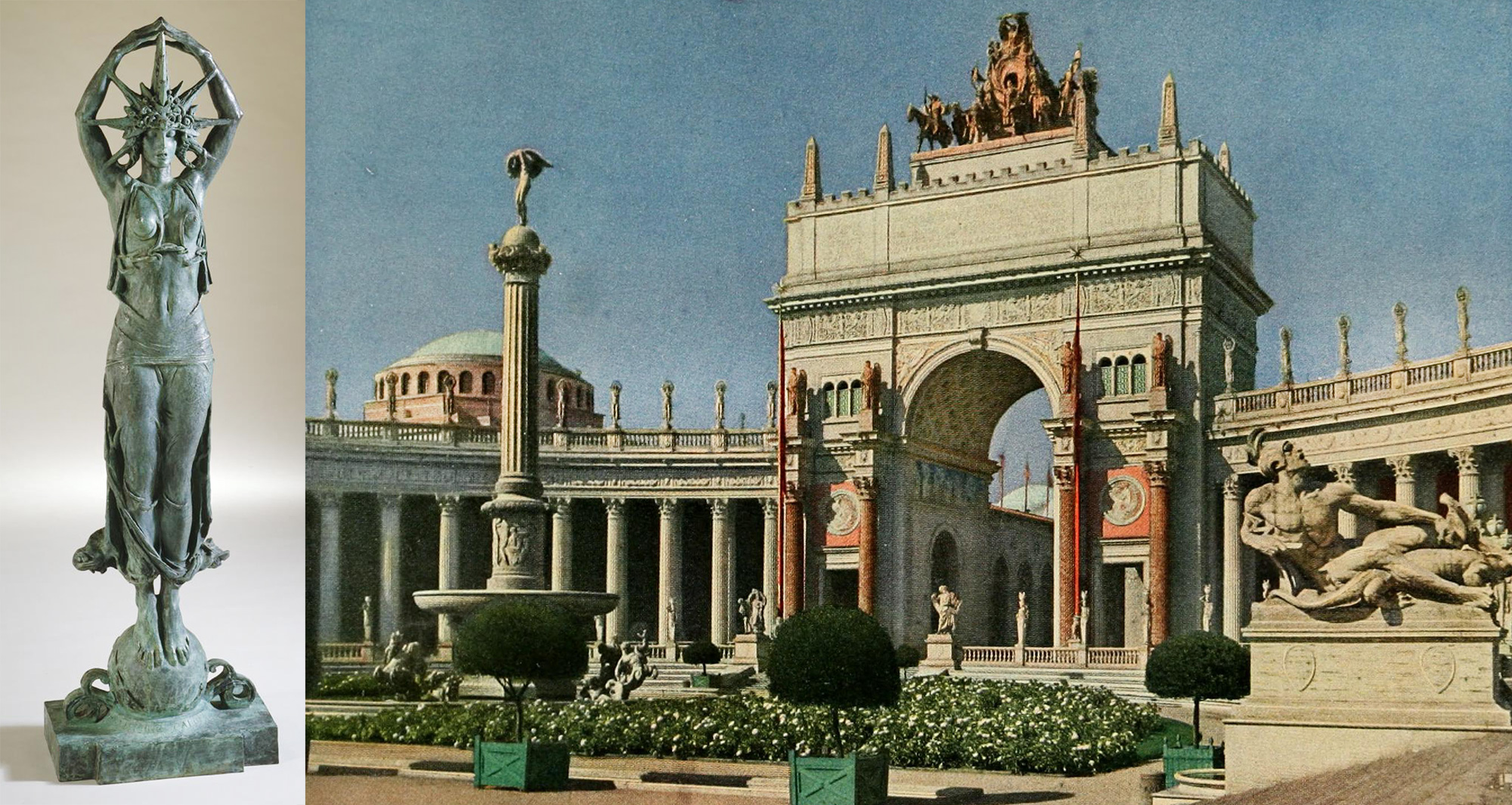
I ended up diving even deeper into the story of Audrey Munson, and it’s a helluva ride. This piece gives an incredible overview of her life (28 min read)—from model of almost 100 documented statues, including at the Panama-Pacific Exhibition (see above, she’s the statue that adorns the roof, among others) to the first woman to be nude in a motion picture—which contains sweeping ups and downs, and constant attempts at reinvention. It’s ultimately a heartbreaking story, but I’m glad more light is being shed on her life:
When she smiled, her eyes were heavy-lidded and she had a toothy overbite. But when she posed, she had a face that could launch a thousand ships: a chin that curved like the wood on a violin, cheekbones that caught the light and revealed the perfect symmetry of a human face.
I am in particular, struck by the fact that I had never thought about these statues, particularly the allegorical ones, as being based on models. (Did I think they were somehow just that good at sculpture? Unclear). It now seems so intimate—almost uncomfortably so—to look at these statues, knowing much more about the woman they’re based on.
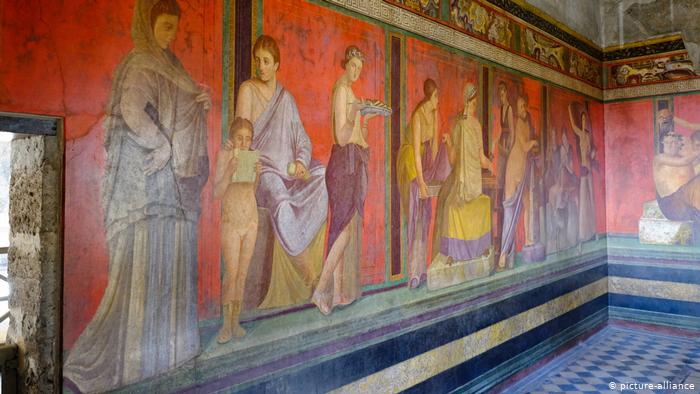
This goes hand-in-hand with a lot of conversations that have been going on about Greek statuary recently. It’s now at least somewhat well-known that Greek statues were originally brightly colored, and this piece in the New Yorker is a great overview of that, though there’s now been some pushback at the bright colors themselves—there are no variants in hues in these restorations, no subtleties (the one below was the subtlest I could find!), when other Greco-Roman art (mosaics, frescoes—see above) or adjacent (Fayum portraits) have both of those. They also tend to choose this awful color pink for skin which is just… not based in what we know they looked like!
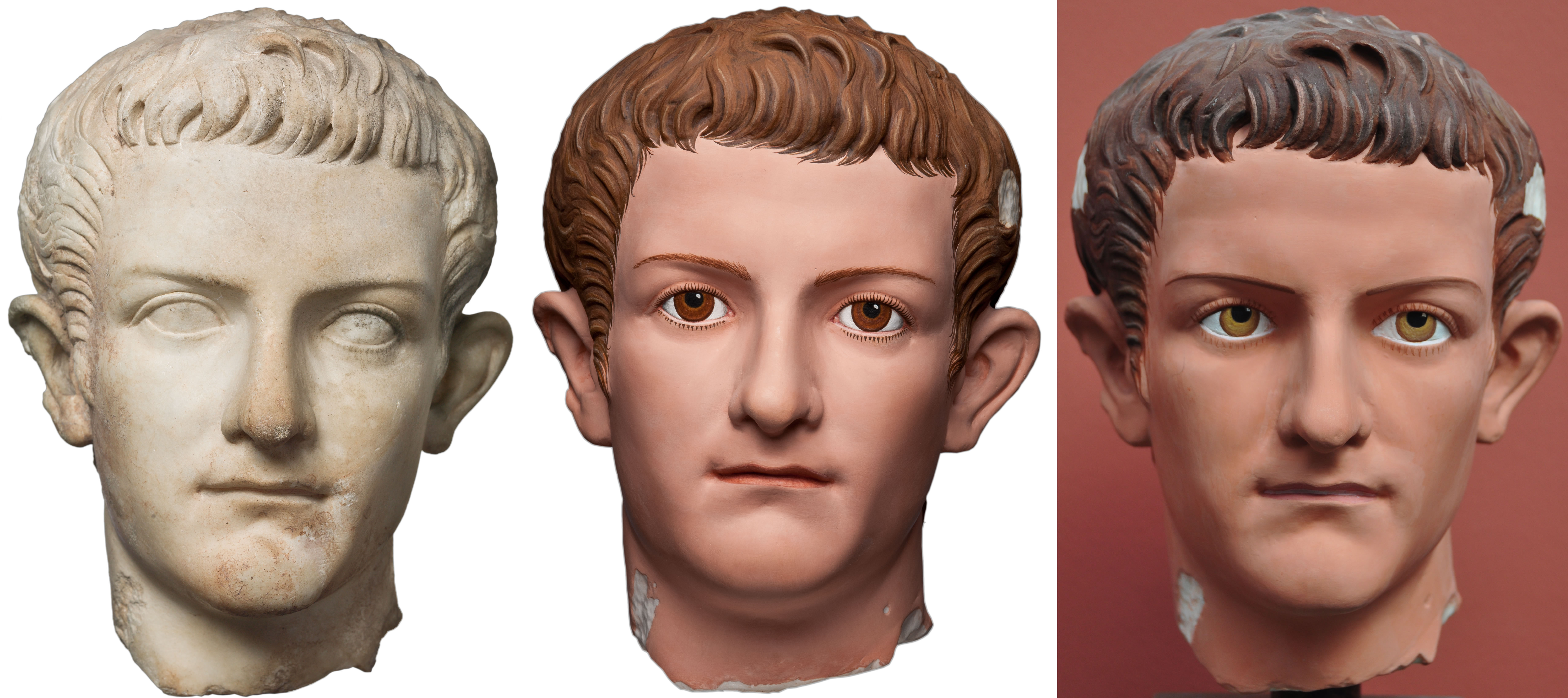
Two final things to close out our talk of muses: they have discovered the identity of L’Origine du monde (NSFW!)—it’s ballet dancer Constance Queniaux; and two: I just found out about these Sleeping Beauty automata that are designed to breathe slowly it is eerily realistic:
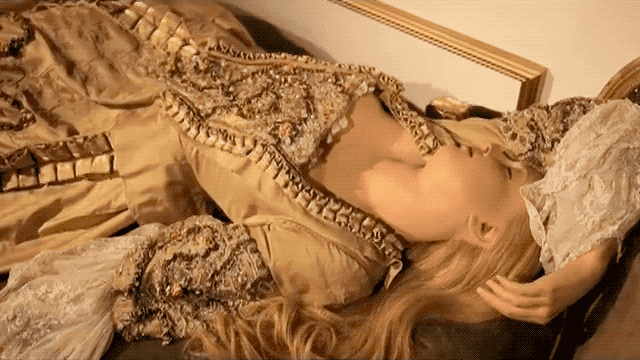
etcetera: An ode to glass bricks. Someone has catalogued all the fossils that exist in monuments in Washington. D.C. Oh, well when you put it that way:


